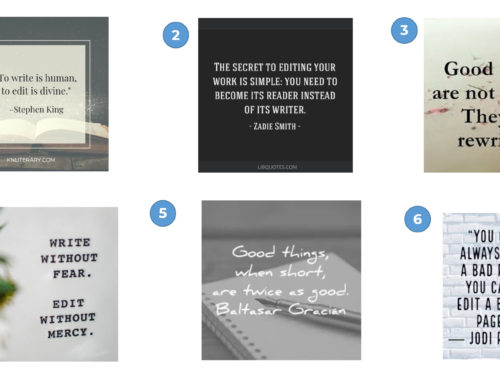 |
Nonprofits use personal profiles (aka personality profiles) all the time. You’ll often find them under headings like Volunteer Spotlight, Friends of (Your Issue), and Meet the Board. Nonprofits also use profiles as one form of storytelling to put a specific human face on their programs, accomplishments, needs, and advocacy positions.
Every good profile starts with an interview. Here are some tips I’ve learned after writing many a profile over the years.
Don’t ask for information you can easily get elsewhere. Do your homework. Don’t ask your board chair where she works or what her title is. Don’t ask a donor how much he has given your organization. You should already have that information. It’s OK to ask people to confirm the spelling of their names or if the total amount donated over several years sounds right to them, but this should be presented as quick fact-checking, not as part of the interview.
Be flexible about the format. You can get the information you need whether you conduct the interview in person, over the phone, or via email. I find it’s actually easier to take good notes while interviewing over the phone, rather than in person, because you don’t have to worry about maintaining eye contact, and I can type much faster than I can write. People who are a bit nervous about being interviewed often prefer email, because it gives them time to mull over their answers.
Prepare a list of questions, but be willing to stray from it. Come up with some good questions to get the conversation going, but don’t be afraid to ask new questions or take the interview in a different direction, as long as you are getting good details and quotes. Listen for intriguing details or good sound bites and follow them.
Ask open-ended questions that contain “emotional” words. Fact-filled profiles simply aren’t as interesting as those full of feeling and emotion. To get your subject to provide you with good anecdotes and quotes, ask questions that are variations on “How did that make you feel?” Try questions like “What has surprised you most about . . . ?,” “What upsets you most about . . . ?,” and “What do you remember most about . . .”
If you are writing the story with a specific purpose in mind, ask some leading questions. For example, if you are profiling Mrs. Smith because she put your nonprofit in her will, and you want to encourage others to do the same, you need to ask Mrs. Smith some leading questions to elicit the right kind of quotes. For example, you might ask, “Why did you select our nonprofit specifically when you could have left your gift to any group?” and “How did you feel after you made the decision?” Asking donors about the kind of legacy they want to leave behind can also work well.
Give the interviewee control over the content. This is not hard news or “gotcha” journalism. You are profiling people because you care about them and because they care about your cause. Ask if your profile subject would like to see the story you write before it is published (most will say yes). Give them a few days to get back to you with any changes they feel are important. This ensures not only that you have your facts straight, but that your supporters are pleased with the way they are portrayed in your communications.






